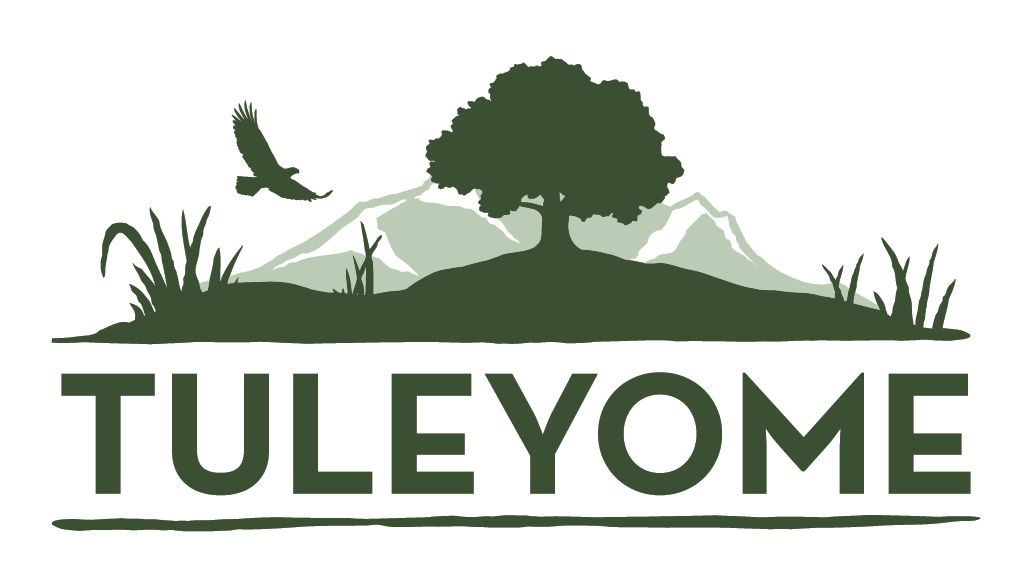Administrative Assistant

Snow Mountain Wilderness in Berryessa Snow Mountain National Monument
Position Title: Molok Luyuk Conservation Campaign Organizer
- Location: Davis, Winters, Woodland, Sacramento, surrounding areas, CA or remote
- Closing: August 15, 2022
- Type: Temporary, part-time; 6 months,
Job Description
Depending on experience (including unpaid and other experiences) and capacity to take on responsibility, the position is 20 to 30 hours per week, salary is competitive.
Hours: Part-time, Contractor, Must have valid Driver’s License and be able to work in the US
About Us
Tuleyome is a 501(c)(3) nonprofit conservation organization based in Woodland, California. The word “Tuleyome” (pronounced too-lee-OME-ee) is a Lake Miwok Indian word that means “deep home place”. And that term “deep home place” exemplifies our deep connection to our environment, our communities and our regional public lands.
The Molok Luyuk Conservation Campaign is focused on expanding the Berryessa Snow Mountain National Monument to include even more spectacular lands including the lands of the Molok Luyuk (Walker Ridge). With a focus on expanding the already broad support for protecting this region, sacred to the Yocha Dehe Wintun Nation, this effort centers the tribe’s ancestral ties to the region and the proposed policy solutions will ensure that the tribe is a partner in the co-management of the area along with the Bureau of Land Management.
The coalition of organizations working on this campaign is broad and includes Sierra Club, California Native Plant Society, and many others. Great progress has been made to expand the Berryessa Snow Mountain National Monument and we seek a talented organizer who can help the coalition take the campaign over the finish line.
About You
You’re an experienced organizer, leader, and lover of the outdoors. You have a knack for communicating and building relationships that are authentic and powerful. You believe that the climate crisis and the species extinction crisis are crucial to address and that native people should be at the heart of the decision-making process to ensure we care for wild and sacred lands. You aren’t afraid of asking for support and building on the wonderful work that has already been done. You can engage with key stakeholders and elected officials and tribal leaders. While you’re skilled at developing big picture strategy, you also enjoy the nitty-gritty of implementation. You’re a team player with excellent interpersonal communications skills and you can work effectively in a large coalition.
About The Role
Working with Molok Luyuk campaign leads and network partners, the Campaign Organizer will lead the on-the-ground execution of the campaign plan by building support in key locations to ensure the successful protection of the region:
- Build and maintain trusted relationships with coalition partners.
- Develop and pitch the campaign to business leaders, elected officials, campaign volunteers, and the conservation community.
- Find leaders in the community that will work with you to build the necessary support to win the campaign
- Build relationships with key elected officials and community leaders
- Oversee student volunteer organizers and
- Report out your work in a timely manner and track your progress.
Required skills and experience
- You have at least 2 years of experience in a similar role that can include unpaid, grassroots, or lived experience
- You are highly collaborative and are able to set and hold strong boundaries
- Great communications and presentation skills as you will represent the campaign on the ground and be the coalition’s voice to the community
- You have strong writing and editing skills, with an ability to understand and analyze complex policy issues and communicate them clearly and compellingly to an audience
- You have media relations experience including pitching and placing stories in local and regional press
- You have a desire to learn and develop expertise in wildlife conservation, and public land policy if you don’t already
- You have experience and ability to manage projects or coordinate teams of people to achieve a common goal
- You have a passion for action on climate change, conservation, public lands, Native American rights and a strong desire to advance progress in these areas.
If you meet some but not all of the criteria for this position or are unsure, but you’re keen on the role – please get in touch with us at information@tuleyome.org. We value and recognize experience that has been unpaid, from the grassroots, or is lived experience.
To Apply
Send a cover letter and resume to information@tuleyome.org.
The position will remain open until filled.
No phone calls, please.
Tuleyome is an equal opportunity employer and does not discriminate on the basis race, color, age, ethnicity, religion, national origin, pregnancy, sexual orientation, gender identity, genetic information, sex, marital status, disability or status as a U.S. veteran.
This job description reflects the assignment of essential functions; it does not prescribe or restrict the tasks that may be assigned.
PDF of job description is available HERE.
RECENT ARTICLES






